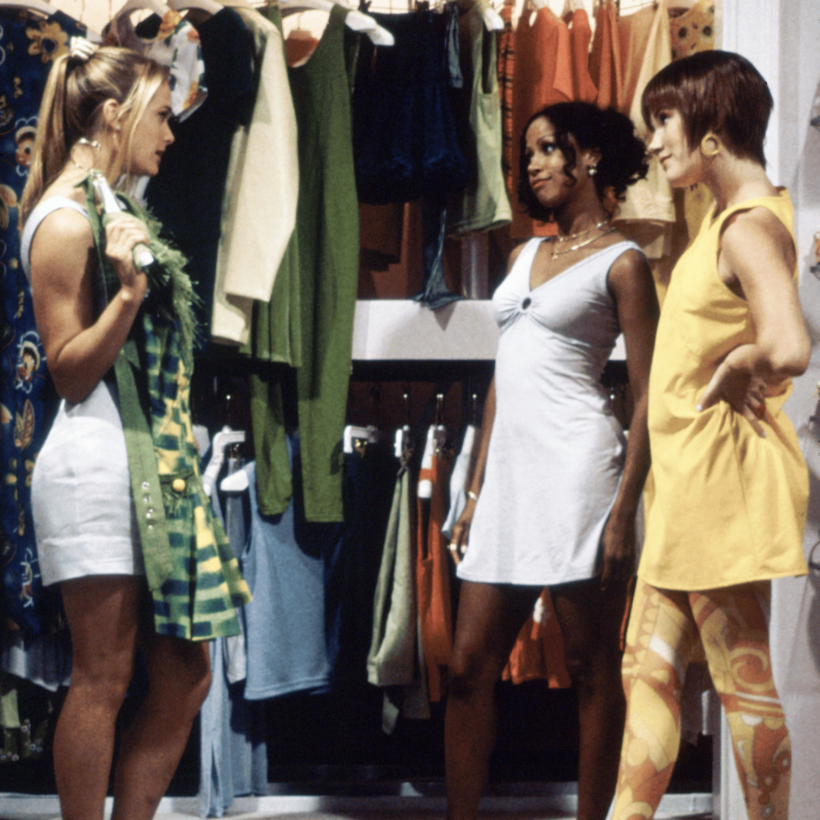We grow out of fairy tales—or at least most of us do. Reaching adulthood entails giving up on the promise of perfection that these stories offer our starter selves. Eventually we realize that we have to abandon the idea of a realm in which a happily-ever-after ending is—if you are one of the chosen ones, a fair maiden or a handsome prince—just a wave of a wand away.
Life teaches us that the world of what Italo Calvino calls “consolatory fables” is one to which we are not going to be able to find our way. And that even if we did, unless you’re a flawless princess-in-waiting, poison apples and enchanted forests are tricky to circumvent.
We also learn that even supposedly preposterously flawless princesses-in-waiting are called to account. Hilary Mantel wrote in her 2013 essay Royal Bodies of the present Princess of Wales “appear[ing] to have been designed by a committee and built by craftsmen, with a perfect plastic smile and the spindles of her limbs hand-turned and gloss-varnished.”
Yet in spite of these lessons, somehow we don’t give up on the concept of perfection in fashion. We still believe in the fairy tale of a wardrobe whose racks are hung with a battalion of sartorial knights in shining armor in which, in their collective embrace, we can at last live happily ever after.
At least that’s what we tell ourselves.
I am asked frequently about where to buy “the perfect jeans,” “the perfect white shirt,” “the perfect cashmere jumper,” “the perfect boots,” “the perfect tote.” And, being fashion director of The Times, I have, as you might imagine, some answers: Dior jeans, Brunello Cucinelli white shirt, Barrie cashmere, Jimmy Choo boots, Métier tote, to name but five—for now. Would that it were different. But perfection is personal and, all too often, impermanent. The item that is the answer to someone else’s dreams isn’t necessarily the answer to yours; and even if it is, how long will it remain so?
In her book Dopamine Nation, the psychiatrist Dr. Anna Lembke explores what she calls the “science of desire” in a world in which we have “unprecedented access to high-reward, high-dopamine stimuli.” Finally tracking down our perfect whatever gives us a dopamine hit. Continuing to own the said whatever, to wear it, may still please us, but this doesn’t work on the brain in the same explosive way, doesn’t offer us the same peak experience. This is an uncomfortable truth, in the same way that those once-perfect jeans you used to love are starting to feel a tad uncomfortable too.
The fashion industry wouldn’t, of course, have it any other way. If we solved the problem of our wardrobes once and for all, we wouldn’t need anything new to put in them. Which is why each season the fashion industry promises us the definitive solution, the best-ever renderings of classics cheek-by-jowl with game-changer refreshes, both of which will turn us into the person we want to be—maybe. If we are canny, and probably also lucky, our new purchases work, until they don’t and we find ourselves shopping again.
No wonder increasing numbers of us are, to quote Mantel’s Royal Bodies again, this time referring to Marie Antoinette, “eaten alive by [our] frocks.” We, like her, have too much, yet still we buy.
What every shopaholic is searching for is, among other things, an answer. But there is nothing so definitive out there. For Marie Antoinette this was especially the case. “If she wore fine fabrics she was said to be extravagant,” Mantel wrote. “If she wore simple fabrics, she was accused of plotting to ruin the Lyon silk trade.”
It was, incidentally, Marie Antoinette’s husband’s antecedent, Louis XIV, who started the merry-go-round of trends in the 17th century, when he insisted that members of his court change their silks every year to support the weavers of Lyon. The notion of a “perfect” anything, in other words, has been in fashion for nearly four centuries. Good luck finding those jeans.
Anna Murphy is the fashion director at The Times of London




